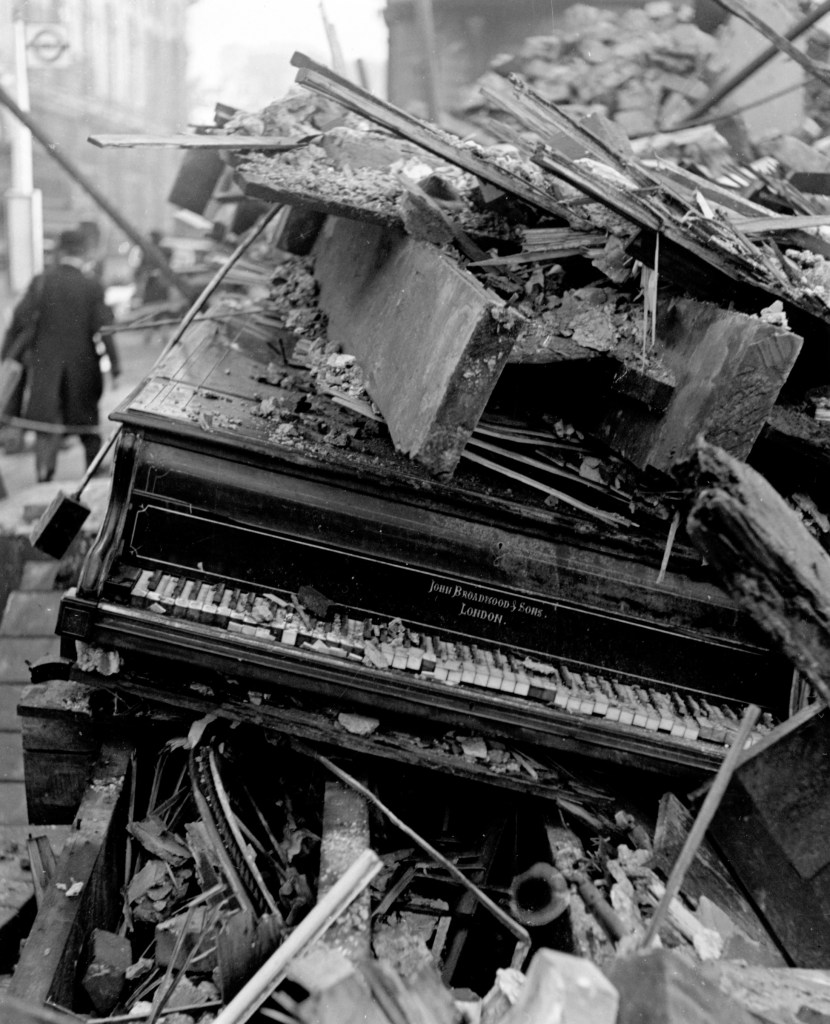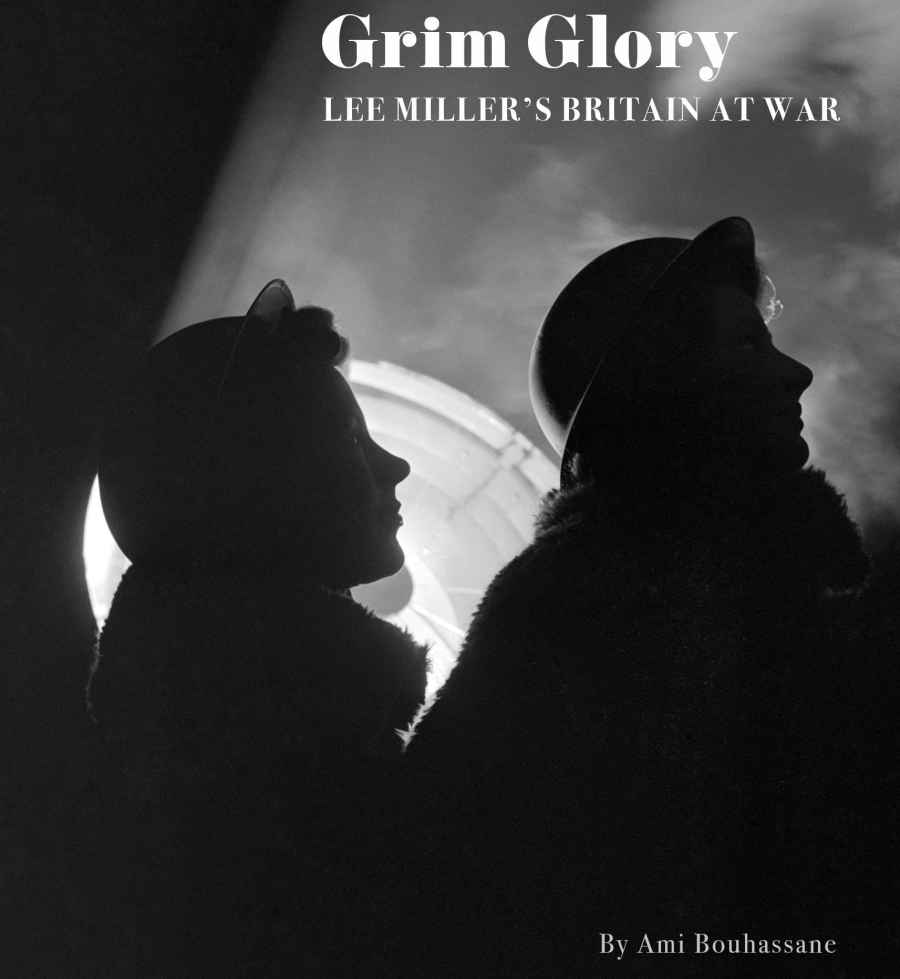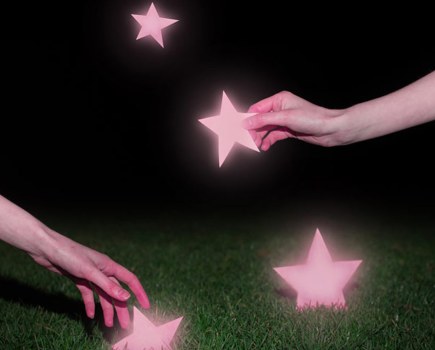Today is the 80th anniversary of the Battle of Britain, a pivotal event in the second world war which had far-reaching consequences for the UK and the rest of Europe. A new book celebrates the wartime photography of Lee Miller, one of the most important and influential documentary photographers of the last century.
Miller, who was born in Poughkeepsie, New York in 1907, became a photographer while living and working in Paris during the bohemian 1920s, where she became the lover of the famous surrealist, Man Ray. When the war started she worked as a war correspondent for Vogue magazine, covering the liberation of Paris and major concentration camps, as well as the effects of the Blitz. She arrived in Britain just as war was declared in 1939.

Copyright LeeMillerArchives Qualified Ordnance Wrens stripping down aircraft guns United Kingdom 1944
The book is called Grim Glory; Lee Miller’s Britain at War, and is curated by Farley’s House and Gallery, the home of Lee Miller and her archive in Sussex. A lot of the images are previously unseen and we share some of them below, with permission.

Lee Miller’s daily journeys around London during the Blitz yielded some of her most striking Surrealist images. The piano remains relatively intact, but it will be a long time before its music is heard – if indeed it is ever played again. The seeming nonchalance of the pedestrian adds to the dreamlike quality of the picture. The image becomes an icon for the effect of war on culture and civilisation.
Published in ‘Grim Glory – Pictures of Britain under fire’; edited by Ernestine Carter; preface by Edward R. Murrow; photographs by Lee Miller & others; 1941; published by Lund Humphries/Scribners, London. Fig 73









